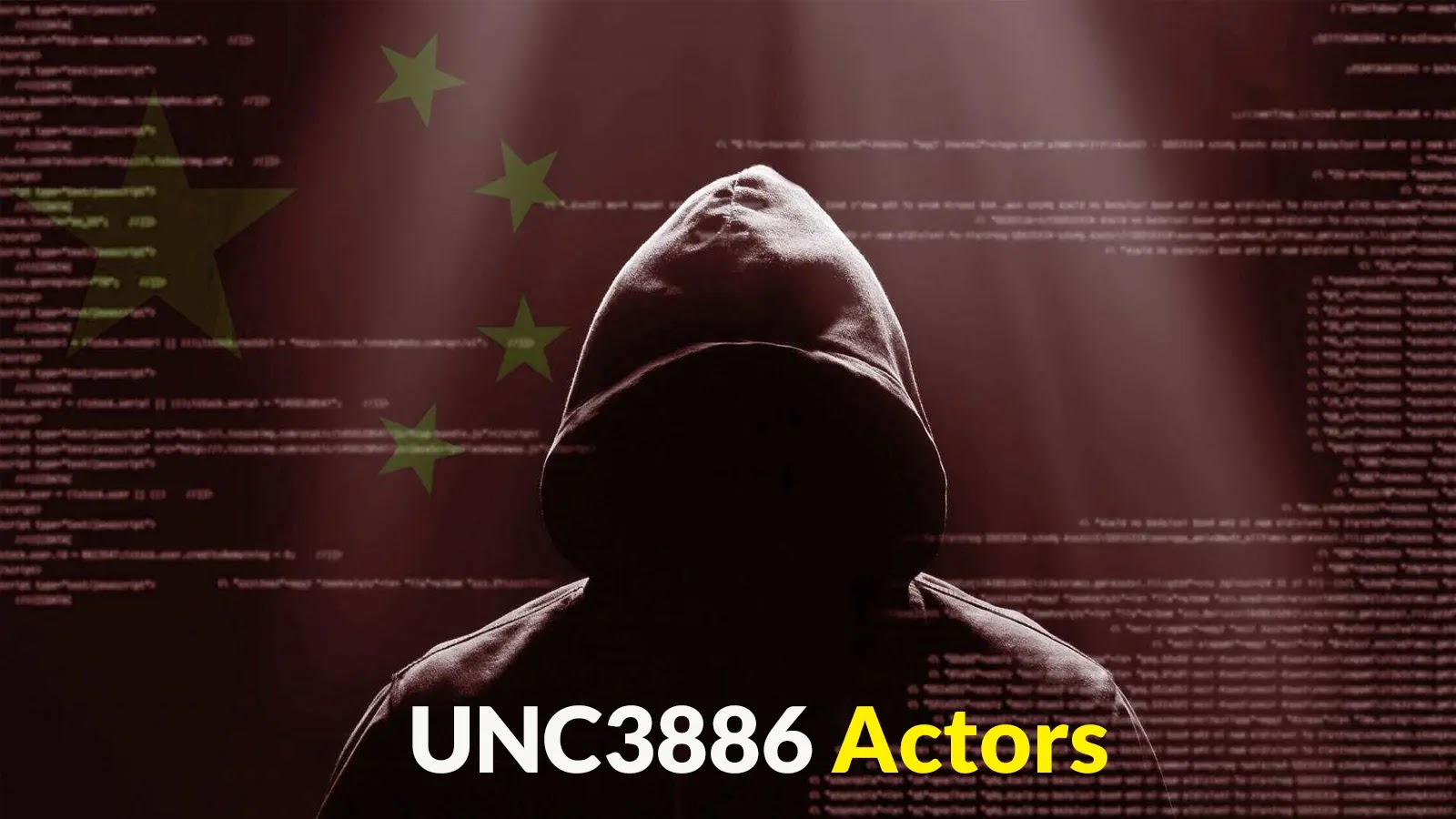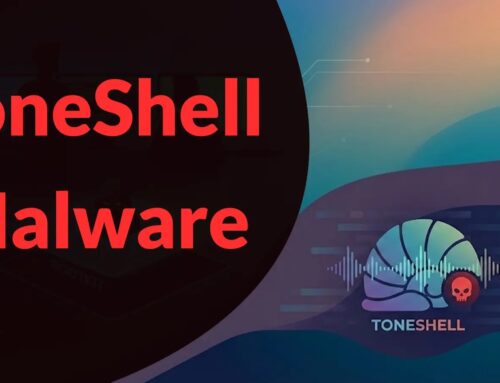
UNC3886 Actors Know for Exploiting 0-Days Attacking Singapore’s Critical Infrastructure
Singapore’s critical infrastructure is under siege. A highly sophisticated and persistent cyber threat, known as UNC3886, has been systematically targeting the nation’s most vital sectors: energy, water, telecommunications, finance, and government. This isn’t just another group; these actors are renowned for their exploitation of 0-day vulnerabilities, making them an exceptionally dangerous adversary in the increasingly complex landscape of national cybersecurity.
Who is UNC3886? A Deeper Dive into the Threat Actor
UNC3886 is a Chinese state-linked Advanced Persistent Threat (APT) group. While their activities likely commenced around 2021, Mandiant officially identified and began tracking them in 2022. Their designation as an APT group underscores their advanced capabilities, sustained targeting efforts, and reliance on sophisticated tradecraft. Unlike common cybercriminals, APT groups are typically state-sponsored or state-aligned, possessing significant resources and long-term objectives that align with national strategic interests. UNC3886’s consistent focus on Singapore’s critical infrastructure points to objectives beyond mere financial gain, likely involving espionage, data exfiltration, or even pre-positioning for future disruptive operations.
The Peril of 0-Day Exploits: Why UNC3886 is So Dangerous
The term “0-day” refers to a vulnerability in software or hardware that is unknown to the vendor or public. This means there is “zero days” between the time the vulnerability is discovered by an attacker and when a patch becomes available. For defenders, this presents a formidable challenge: there is no immediate fix, no signature to detect, and often no public warning. UNC3886’s proficiency in discovering and weaponizing these elusive flaws gives them an unparalleled advantage, allowing them to bypass conventional security measures and gain initial access to highly secure networks. Their ability to consistently identify and exploit these novel vulnerabilities positions them at the forefront of cyber warfare capabilities.
Targeted Sectors: Singapore’s Critical Infrastructure Under Attack
UNC3886’s deliberate targeting of Singapore’s critical infrastructure reflects a strategic calculus aimed at potentially disrupting essential services, gathering intelligence, or gaining a foothold for future operations. The sectors under threat include:
- Energy: Power grids are vital for national function; their compromise could lead to widespread blackouts and economic disarray.
- Water: Control over water treatment and supply systems poses a significant public health and safety risk.
- Telecommunications: Disruption of communication networks can cripple emergency services, banking, and government operations.
- Finance: Attacks on financial systems can undermine national economic stability and public trust.
- Government: Compromise of government networks can lead to exfiltration of sensitive data, espionage, and disruption of public administration.
The interconnected nature of these sectors means a successful attack on one can have cascading effects across others, amplifying the potential damage.
Remediation Actions and Proactive Defense Strategies
Defending against an APT group like UNC3886, especially one known for 0-day exploitation, requires a multi-layered, proactive, and resilient cybersecurity posture. Organizations, particularly those within critical infrastructure, must adopt advanced strategies.
- Zero Trust Architecture (ZTA): Implement ZTA principles that mandate strict identity verification for every user and device attempting to access network resources, regardless of their location. Assume no implicit trust.
- Advanced Threat Detection: Deploy Endpoint Detection and Response (EDR) and Extended Detection and Response (XDR) solutions capable of behavioral analysis to identify anomalous activities indicative of novel attacks, rather than relying solely on signature-based detection.
- Proactive Threat Hunting: Actively search for threats within your environment that have evaded existing security controls. Leverage threat intelligence related to UNC3886’s TTPs (Tactics, Techniques, and Procedures).
- Vulnerability Management and Patching: While 0-days are unpatched, maintain a rigorous patching schedule for known vulnerabilities to shrink the attack surface. For example, regularly update systems against known CVEs like CVE-2023-XXXX (Note: Specific CVEs related to UNC3886’s 0-day exploits are often withheld or embargoed until patches are available, making generic examples necessary here. If specific CVEs were released, they would be listed directly.)
- Network Segmentation: Isolate critical systems and data to limit the lateral movement of attackers even if initial access is achieved.
- Incident Response Plan: Develop and regularly test a comprehensive incident response plan. Speed and efficiency in detection and containment are crucial when dealing with sophisticated adversaries.
- Employee Training and Awareness: Educate employees on social engineering tactics and secure computing practices, as phishing and spear-phishing are common initial access vectors for APT groups.
- Supply Chain Security: Vet third-party vendors and their security postures, as supply chain compromises can serve as indirect pathways into your network.
Recommended Tools for Enhanced Cyber Resilience
To bolster defense against sophisticated threats like UNC3886, a combination of robust cybersecurity tools is essential.
| Tool Name | Purpose | Link |
|---|---|---|
| Mandiant Advantage Threat Intelligence | Provides detailed intelligence on APT groups, including TTPs of UNC3886, to inform defensive strategies. | mandiant.com/advantage |
| CrowdStrike Falcon Insight XDR | Endpoint and Extended Detection & Response for behavioral analysis and active threat hunting. | crowdstrike.com |
| Tenable.io (Vulnerability Management) | Continuous visibility into critical assets and vulnerabilities across your IT infrastructure. | tenable.com |
| Palo Alto Networks Cortex XSOAR | Security Orchestration, Automation, and Response (SOAR) platform to streamline incident response. | paloaltonetworks.com |
| Microsoft Defender for Cloud | Comprehensive security management and threat protection for cloud and hybrid environments. | azure.microsoft.com |
Conclusion: The Imperative of Proactive Cyber Defense
The activities of UNC3886 underscore a critical reality: nation-state actors pose a significant, persistent threat to critical infrastructure worldwide. Their focus on 0-day exploits highlights the need for organizations to move beyond reactive, signature-based defenses towards proactive, intelligence-driven security postures. For Singapore and other nations facing similar threats, continuous vigilance, investment in advanced security technologies, and robust incident response capabilities are not merely best practices—they are immediate necessities for safeguarding national security and economic stability. Understanding the adversary’s capabilities and motivations is the first step in building truly resilient defenses.





